How to Transport Chickens
Transporting chickens requires careful planning and execution. Understanding best practices ensures their safety and well-being during transport, ultimately promoting health and humane treatment throughout the journey.
Transporting chickens is a vital aspect of poultry logistics, requiring a comprehensive understanding of the best practices for ensuring animal welfare. This process involves careful planning to address the unique needs of these farm animals during live bird shipping. Proper handling and transportation guidelines must be followed to minimize stress and promote chicken health. Utilizing appropriate poultry crates designed for avian transport is essential, as they provide safety and comfort during travel. Moreover, implementing safety measures and biosecurity protocols safeguards against disease transmission. Understanding the importance of humane treatment and chicken welfare standards contributes to a stress-free transport experience. By focusing on these considerations, farmers and transporters can ensure that chickens are moved efficiently while maintaining high standards of care and welfare throughout the journey.
Importance of Animal Welfare in Poultry Transport
Animal welfare is paramount in poultry transport to ensure the well-being of chickens during their journey. The stress endured by farm animals during transportation can adversely affect their health, leading to decreased productivity and increased mortality rates. Adhering to chicken welfare standards is crucial, as it promotes humane treatment and fosters positive outcomes. Proper handling techniques minimize stress and injury, while ensuring that chickens are comfortable throughout their travel. Additionally, implementing safety measures and following transportation guidelines safeguard against potential risks; A focus on animal welfare not only enhances chicken health but also aligns with ethical farming practices. By prioritizing the well-being of chickens, transporters contribute to sustainable poultry farming and maintain consumer trust in the industry, leading to better overall outcomes for both animals and producers.
Understanding Transportation Guidelines
Understanding transportation guidelines is essential for ensuring safe and effective poultry transport. These guidelines outline best practices for handling chickens, including temperature control, travel conditions, and appropriate poultry crates; Adhering to these regulations helps minimize stress and promotes chicken health during transit. Guidelines also address loading techniques, emphasizing the importance of gentle handling to prevent injury. Additionally, biosecurity measures are highlighted to prevent disease transmission among the flock. Transporters must be aware of the specific needs of chickens, including their behavioral and physiological characteristics, to provide a suitable environment. By following established transportation guidelines, farmers and transporters can ensure humane treatment and contribute to the overall welfare of the livestock. This commitment ultimately leads to more successful outcomes in poultry logistics and sustainable farming practices.
Preparation for Transport
Preparation for transporting chickens involves assessing their health, selecting appropriate poultry crates, and implementing biosecurity measures. Proper preparation ensures a safe, comfortable journey for the birds.
Assessing Chicken Health
Assessing chicken health is a critical step before transport, ensuring that only healthy birds are moved. Begin by inspecting each bird for visible signs of illness, such as lethargy, respiratory issues, or unusual behaviors. Pay close attention to their feathers, eyes, and overall body condition, as these factors can indicate underlying health problems. A thorough evaluation should also include checking for any injuries or wounds, as well as ensuring that chickens are free of parasites. Additionally, consulting with a veterinarian can provide valuable insights into the overall health status of the flock. Healthy chickens are less likely to experience stress during transport, which in turn enhances their welfare and productivity. By prioritizing health assessments, transporters can contribute to the successful management of poultry logistics and ensure humane treatment throughout the journey.
Choosing the Right Poultry Crates
Choosing the right poultry crates is essential for ensuring the safety and comfort of chickens during transport. Crates should be specifically designed for avian transport, providing adequate ventilation and space for each bird. It’s important to select crates that comply with local regulations and welfare standards, as these guidelines ensure humane treatment. The size of the crate should accommodate the birds without overcrowding, allowing them to stand, turn around, and lie down comfortably. Additionally, crates should be constructed from durable materials to withstand handling and transport conditions. Properly designed poultry crates also minimize stress and protect chickens from injury during travel. By investing in appropriate crates, transporters can enhance chicken welfare and contribute positively to their overall health and safety throughout the transportation process.
Biosecurity Measures to Implement
Implementing biosecurity measures is crucial for maintaining the health of chickens during transport and preventing disease spread. Before loading, ensure that transportation equipment, including crates and vehicles, is clean and disinfected to eliminate potential pathogens. Limiting access to transport areas and ensuring that personnel are trained in biosecurity practices can further reduce risks. During transit, monitoring for signs of illness is essential, allowing for immediate action if health issues arise. It’s also important to avoid mixing birds from different sources, as this can increase exposure to diseases. Following strict hygiene protocols, such as handwashing and using protective clothing, can minimize contamination risks. By prioritizing biosecurity, transporters safeguard chicken health and welfare, ultimately promoting a more efficient and responsible poultry transport process.
Loading Techniques
Effective loading techniques are crucial for safely transporting chickens. Proper handling, minimizing stress, and ensuring comfort during loading contribute to a successful and humane transport process.
Safe Handling of Chickens
Safe handling of chickens is essential for ensuring their welfare during loading and transportation. Begin by approaching chickens calmly and quietly to prevent startling them, as sudden movements can induce stress. Use gentle, confident movements when capturing and lifting the birds, supporting their bodies properly to avoid injury. Always hold chickens securely but gently, ensuring their wings are close to their bodies to prevent flapping. It’s important to maintain a low height when handling, as dropping birds from a height can lead to harm. Additionally, avoid overcrowding during loading, allowing sufficient space for each bird to move comfortably. Training staff in proper handling techniques is crucial, as this fosters a culture of care and respect for the animals, ultimately leading to a smoother and more humane transport process.
Tips for Efficient Loading
Efficient loading of chickens is vital to ensure a smooth transportation process. Begin by preparing the loading area in advance, ensuring it is clean and free from distractions. Use the right equipment, such as ramps or loading platforms, to facilitate easy access to poultry crates. Organize the birds in small groups to minimize stress and avoid overcrowding. When loading, create a calm environment by minimizing noise and sudden movements. Employ trained personnel who understand proper loading techniques to ensure that birds are handled gently and efficiently. Additionally, establish a clear loading sequence to streamline the process, helping to maintain a steady flow. Regularly assess the loading conditions to ensure all safety measures are in place, ultimately promoting the welfare of the chickens throughout the transport experience.
Stress-Free Transport Strategies
Implementing stress-free transport strategies is essential for the well-being of chickens during their journey. Begin by ensuring that the transport environment is calm and quiet, as loud noises can agitate the birds. Maintain optimal temperature and humidity levels within the transport vehicle to enhance comfort. Utilize high-quality poultry crates designed for ventilation and safety, allowing chickens to move comfortably without overcrowding. Additionally, minimize the duration of transport whenever possible to reduce stress levels. Regular stops can help monitor the birds’ condition and provide necessary adjustments to their environment. Training staff in gentle handling techniques further reduces stress during loading and unloading. By prioritizing these strategies, transporters can create a more humane and comfortable experience for chickens, ultimately promoting their health and welfare throughout the transportation process.
Travel Conditions for Chickens
Maintaining optimal travel conditions for chickens is crucial. Factors such as temperature, humidity, and ventilation directly impact their health, comfort, and overall well-being during transport.
Ideal Temperature and Humidity Levels
Maintaining ideal temperature and humidity levels during chicken transport is vital for their welfare. The recommended temperature range for chickens in transit is generally between 65°F to 75°F (18°C to 24°C). Extreme temperatures can lead to stress, dehydration, and even mortality; Humidity levels should ideally be kept between 50% and 70%, as excessive humidity can cause respiratory issues and overheating. Proper ventilation in poultry crates and transport vehicles is essential to ensure adequate airflow and reduce heat buildup. Additionally, monitoring temperature and humidity regularly during transit allows for timely adjustments, such as using fans or cooling systems. By carefully managing these environmental factors, transporters can create a comfortable setting for chickens, thereby promoting their health and reducing stress throughout the journey.
Duration of Transport: Best Practices
Managing the duration of transport is crucial for ensuring the welfare of chickens. Ideally, transport should be limited to no more than 24 hours to minimize stress and health risks. During longer journeys, planned breaks are essential to allow for monitoring and care of the birds. These breaks provide opportunities to check for signs of distress and ensure adequate ventilation and hydration. Additionally, transporting chickens during cooler times of the day can help maintain comfortable temperatures. It is also beneficial to schedule transport routes strategically, avoiding high-traffic areas that may cause delays. By prioritizing these best practices, transporters can contribute to a safer, more humane experience for the chickens, ultimately promoting their health and reducing the likelihood of complications during and after transport.
Monitoring Chicken Welfare during Transit
Monitoring chicken welfare during transit is essential for ensuring their health and safety. Continuous observation of the birds allows for the early detection of any signs of distress or illness. Regularly check the condition of the chickens, looking for indicators such as respiratory issues, excessive vocalization, or unusual behavior. Additionally, maintaining communication among transport staff ensures that any concerns are promptly addressed. It is crucial to monitor environmental conditions, including temperature and humidity levels, to ensure they remain within acceptable ranges. Providing adequate ventilation and comfort during transport is key to minimizing stress. Keeping a log of observations can help identify patterns and improve future transport practices. By prioritizing welfare monitoring, transporters contribute to the humane treatment of chickens, enhancing their overall health and well-being during the journey.
Post-Transport Care
Post-transport care is vital for ensuring chickens recover quickly. Providing immediate care, comfort, and monitoring their health helps promote overall well-being after the transport experience.
Assessing Chickens After Arrival
Assessing chickens after arrival is crucial for ensuring their health and well-being post-transport. Begin by observing the birds closely for any signs of stress or illness, such as lethargy, abnormal breathing, or unusual behavior. Conduct a physical examination to check for injuries, feather loss, or signs of dehydration. Providing a calm environment is essential to help them acclimate after the journey. Offer fresh water and appropriate feed to encourage rehydration and nourishment. Also, monitor their interactions with the new environment to ensure they are adapting well. If any health concerns arise, consult a veterinarian immediately for further evaluation. Regular assessments during the first few days post-arrival are important to ensure that the chickens transition smoothly and maintain optimal health, ultimately promoting their overall welfare in their new setting.
Providing Immediate Care and Comfort
Providing immediate care and comfort to chickens after transport is essential for their recovery and well-being. As soon as they arrive, ensure they have access to fresh water and high-quality feed to help them rehydrate and regain strength. Setting up a quiet, clean, and spacious environment allows the birds to acclimate without stress. Monitor their behavior closely, watching for signs of discomfort or distress. If any chickens appear injured or unwell, isolate them for further assessment and consult a veterinarian as needed. Providing soft bedding can also enhance comfort and reduce anxiety. Additionally, maintaining a calm atmosphere, free from loud noises and disturbances, supports their transition. By prioritizing immediate care and comfort, transporters significantly improve the chances of successful adaptation and long-term health for the chickens.
Ensuring Long-Term Chicken Welfare
Ensuring long-term chicken welfare after transport involves implementing consistent care and management practices. Begin by providing a stable environment where chickens can thrive, including proper housing, nutrition, and social interactions. Regular health assessments are crucial for early detection of potential issues, allowing for timely interventions. Establish a routine for feeding, watering, and cleaning their living area to promote both physical health and mental well-being. Additionally, monitor their behavior and overall condition regularly, making adjustments to care as necessary. Engaging chickens in enrichment activities can also improve their quality of life, reducing stress and promoting natural behaviors. Educating staff on best practices for chicken care ensures that their welfare remains a priority. By committing to these practices, transporters can foster a sustainable environment that supports the long-term health and happiness of the chickens.
Transporting chickens requires careful attention to their welfare. By implementing best practices throughout the process, we can ensure their safety, health, and overall well-being during transport.
Summarizing best practices for chicken transport is essential for ensuring their welfare. Begin by assessing the health of birds before transport and choosing appropriate poultry crates that provide adequate ventilation and space. Implement strict biosecurity measures to minimize disease risks during loading and transit. Maintain optimal travel conditions, including ideal temperature and humidity levels, to reduce stress on the birds. Monitor the duration of transport closely and employ efficient loading techniques to ensure safety. Throughout the journey, continuously observe the chickens for signs of distress or illness. Post-arrival, provide immediate care and a comfortable environment to facilitate adjustment. Finally, commit to long-term welfare practices, including regular health assessments and proper nutrition, to ensure that chickens thrive in their new surroundings, promoting health and happiness.
The Importance of Poultry Logistics
Poultry logistics play a vital role in the successful transport of chickens, impacting their health and welfare significantly. Efficient logistics ensure that birds are moved swiftly and safely from farms to markets or processing facilities, minimizing stress and potential health risks. Proper planning and execution of transportation routes can help avoid delays, ensuring that chickens are not subjected to prolonged travel conditions. Additionally, well-organized logistics incorporate biosecurity measures to prevent disease transmission and protect flock health. Effective communication among transporters, farmers, and receiving facilities is crucial for maintaining a seamless flow of information, facilitating timely interventions when necessary. By prioritizing poultry logistics, stakeholders can enhance the quality of care provided to chickens, ultimately promoting their well-being and ensuring a sustainable poultry supply chain that meets consumer needs.
Final Thoughts on Humane Treatment of Live Birds
Humane treatment of live birds during transport is a paramount consideration that reflects our ethical responsibilities toward animal welfare. Prioritizing the well-being of chickens throughout the entire transport process not only showcases respect for these creatures but also contributes to healthier poultry products. Implementing best practices, such as minimizing stress, providing adequate space, and ensuring proper care, plays a critical role in achieving humane treatment. It is essential for transporters to remain vigilant and responsive to the needs of the birds, addressing any signs of discomfort or distress promptly. Additionally, educating all stakeholders involved in poultry transport on humane practices fosters a culture of compassion and responsibility. Ultimately, by committing to humane treatment, we enhance the quality of life for chickens and promote a more ethical poultry industry that consumers can trust.
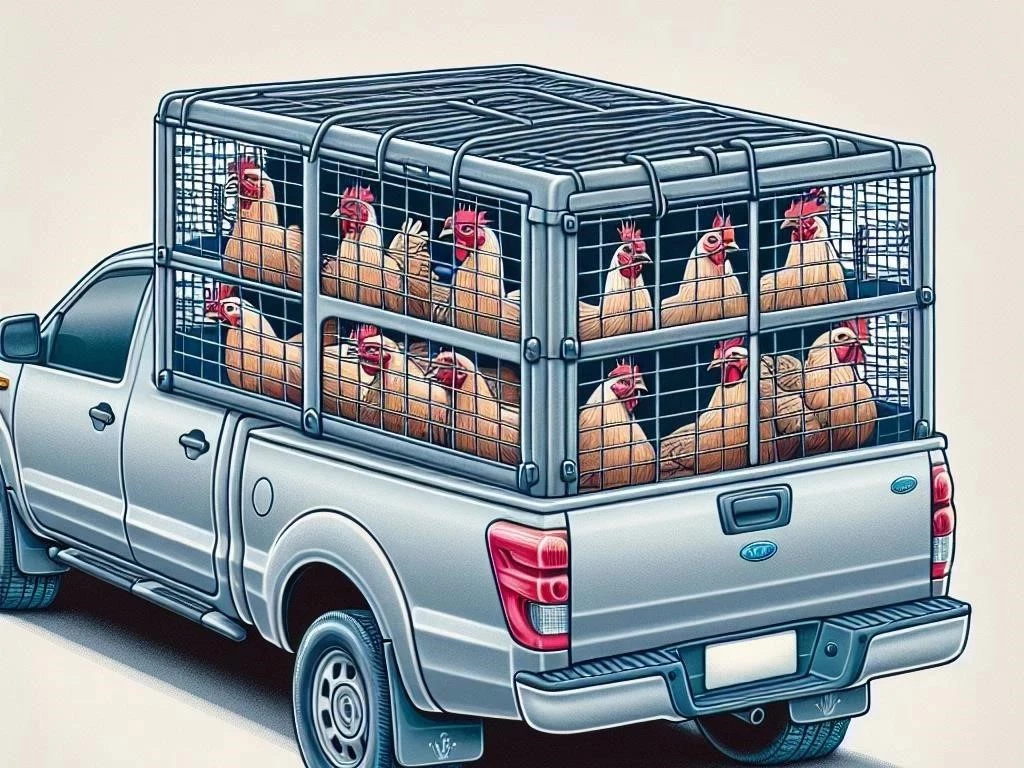

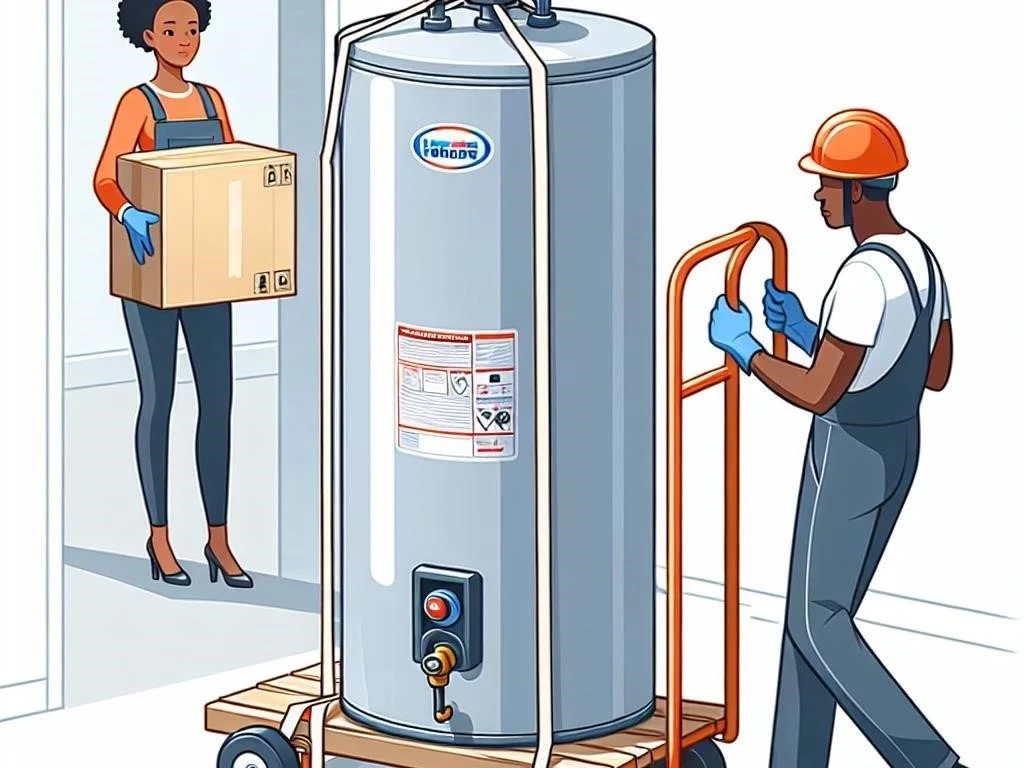


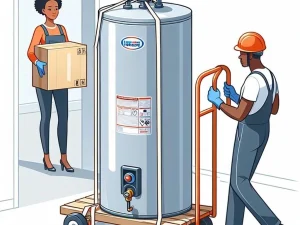


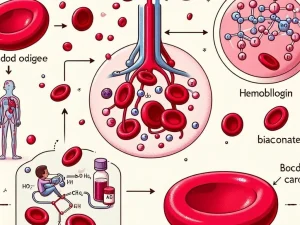




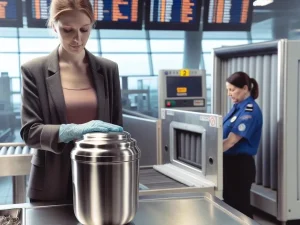
Post Comment